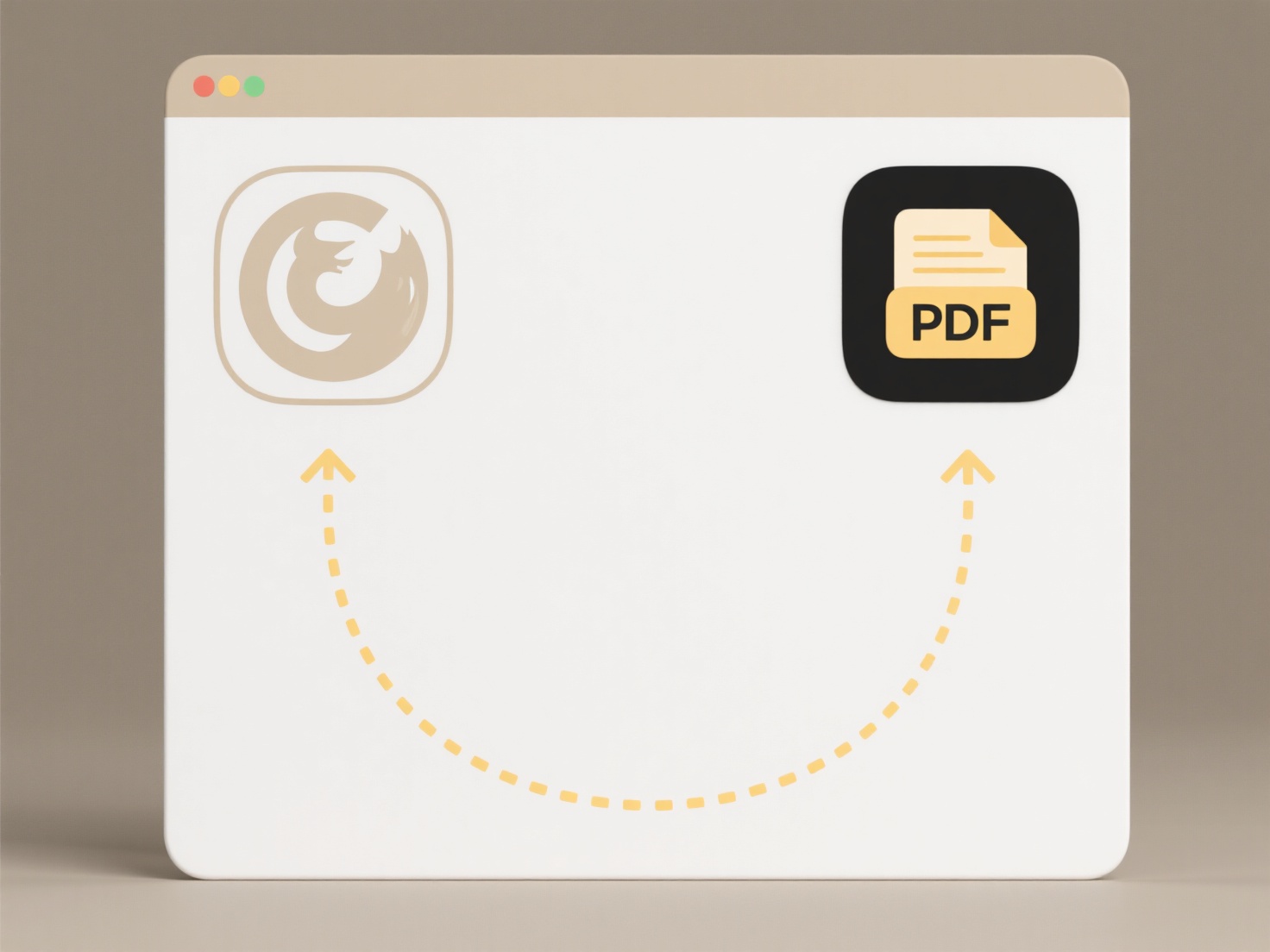
Auto-naming files based on content uses software algorithms to analyze a file's content and automatically generate descriptive filenames. This differs significantly from manual naming by extracting key information like document topics, image subjects, dates within the text, or spoken words in audio/video. Technologies enabling this include Optical Character Recognition (OCR) for text in images, Natural Language Processing (NLP) for understanding text documents, and computer vision for image recognition.

Practical examples include digital asset management (DAM) systems automatically tagging photo files with detected objects like "beach" or "dog" for marketing agencies. Similarly, document management platforms can scan an invoice PDF using OCR and rename it automatically to something like "Invoice_AcmeCorp_20240510.pdf" based on detected vendor names and dates. Cloud storage services like Google Drive also offer features to suggest file names.
The primary advantage is significant time savings and enhanced searchability through consistent, descriptive names. Limitations include potential inaccuracies in content analysis (misidentifying objects or text), reliance on metadata availability, and privacy considerations when automatically processing sensitive files. Advancements in AI are improving accuracy and expanding the range of file types supported. Ethical use requires careful consideration of data privacy regulations, especially with personal information.
Can I auto-name files based on content?
Auto-naming files based on content uses software algorithms to analyze a file's content and automatically generate descriptive filenames. This differs significantly from manual naming by extracting key information like document topics, image subjects, dates within the text, or spoken words in audio/video. Technologies enabling this include Optical Character Recognition (OCR) for text in images, Natural Language Processing (NLP) for understanding text documents, and computer vision for image recognition.

Practical examples include digital asset management (DAM) systems automatically tagging photo files with detected objects like "beach" or "dog" for marketing agencies. Similarly, document management platforms can scan an invoice PDF using OCR and rename it automatically to something like "Invoice_AcmeCorp_20240510.pdf" based on detected vendor names and dates. Cloud storage services like Google Drive also offer features to suggest file names.
The primary advantage is significant time savings and enhanced searchability through consistent, descriptive names. Limitations include potential inaccuracies in content analysis (misidentifying objects or text), reliance on metadata availability, and privacy considerations when automatically processing sensitive files. Advancements in AI are improving accuracy and expanding the range of file types supported. Ethical use requires careful consideration of data privacy regulations, especially with personal information.
Quick Article Links
Does Wisfile rename folders as well as files?
Does Wisfile rename folders as well as files? Wisfile focuses exclusively on intelligent renaming of individual files....
Can I batch search across multiple file types?
Batch search across multiple file types refers to the ability to search within the content of numerous different file fo...
How do I prevent others from downloading a shared file?
Controlling who can download a file shared online involves using platform-specific permissions to restrict saving capabi...